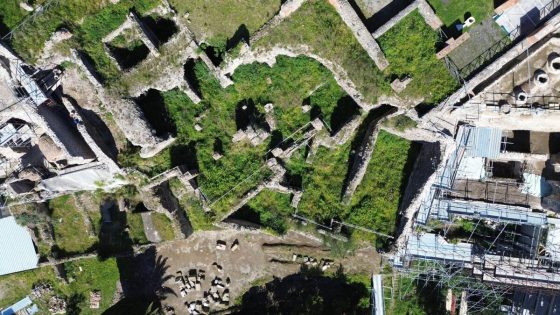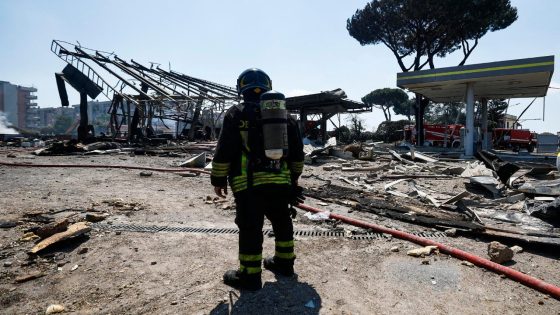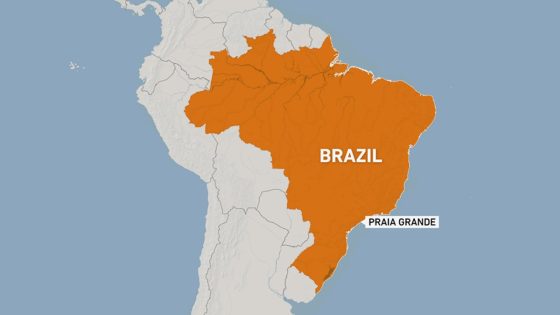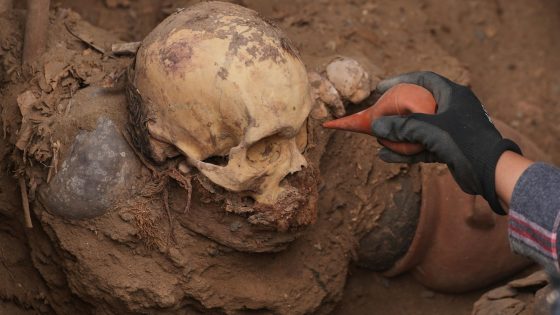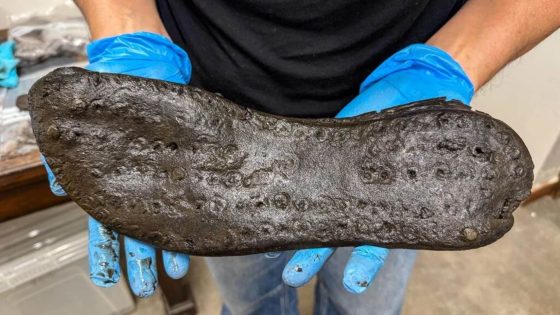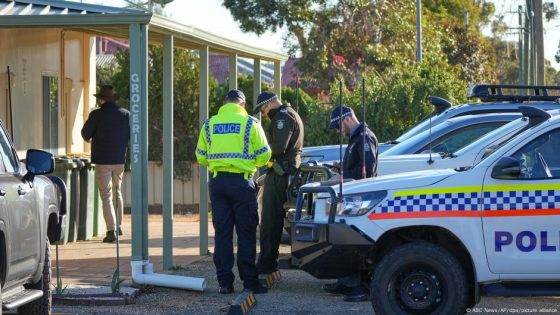New excavations in Pompeii reveal that survivors of the volcanic eruption in A.D. 79 returned to the city, living in the upper floors of buildings buried in ash. This discovery, announced on August 6, 2025, sheds light on the resilience of human communities in the face of disaster.
- Survivors returned to Pompeii after A.D. 79.
- New excavations reveal traces of reoccupation.
- People lived on upper floors of buildings.
- Post-eruption Pompeii was disorganized and lawless.
- Many survivors settled in nearby towns.
- City abandoned by the fifth century A.D.
Archaeologists found evidence that these returnees were likely joined by impoverished individuals from nearby towns, searching for valuables or a place to settle. The reoccupation lasted for about 400 years, transforming Pompeii into a precarious settlement among the ruins of its former glory.
This discovery raises intriguing questions about the societal dynamics in post-eruption Pompeii. How did these communities adapt to their harsh new reality? The findings suggest that:
- Survivors utilized upper floors as living spaces.
- Lower floors were repurposed for storage and cooking.
- Life in Pompeii became chaotic and lawless.
- Many survivors sought refuge in nearby towns.
As we uncover more about Pompeii’s past, it invites us to reflect on how societies rebuild after catastrophic events. What lessons can we learn from their experiences?



